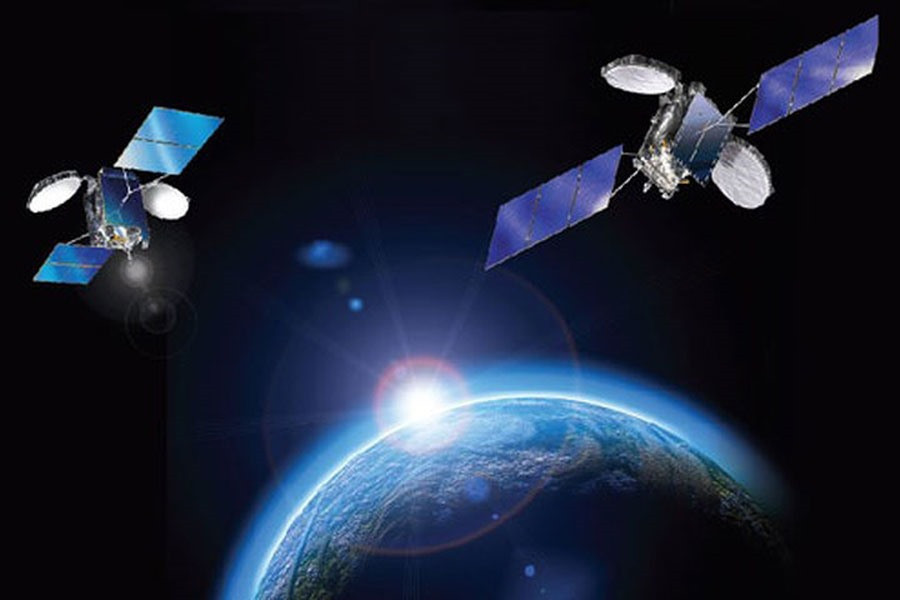
VINASAT-1 is designed to have a 15-year life expectancy and VINASAT-2 21.3 years. The Authority of Radio Frequency Management said VINASAT-1 would expire by 2023.
To date, both VINASAT-1 and VINASAT-2 have been operating well. When launching the satellites, the Vietnam Posts and Telecommunications Group (VNPT) said the satellite may last five more years.
An expert told VietNamNet that though the two satellites have expired and can operate five more years, preparation for new satellites is a necessity.
On April 18, 2008, VINASAT-1 was launched into orbit, affirming Vietnam's sovereignty over satellite space. The satellite was manufactured by Lockheed Martin and was launched into orbit by the Adrian-5 carrier rocket (France).
The orbital position is 1320E (132 degrees east). The satellite weighs 2.8 tons and has an expected operating life of 15 years.
VINASAT-1 has a total investment value of $300 million, and operating duration of 15 years. The investor and operator is VNPT.
On May 16, 2012, the $260 million VINASAT-2 was launched into orbit. VINASAT-2 has higher capacity, higher weight, higher number of transponders, and therefore, bigger bandwidth capacity.
While VINASAT-1 is designed with 20 transponders, including 8 sets of extended C-bands, 12 sets of Ku-bands, with the bandwidth of 36Mhz/1 set, and 8 backup transponders (4 sets of expanded C-bands), VINASAT-2 is more "magnificent", with 30 Ku-band transponders (24 sets for commercial operations and 6 backups).
VINASAT-2 has 4 more transponders than VINASAT-1, equivalent to 20 percent of VINASAT-1's capacity. While VINASAT-1 has Ku band coverage in Vietnam, Laos, Cambodia, Thailand and part of Myanmar, VINASAT-2 expands coverage to a part of Malaysia and Myanmar.
The launch of the VINASAT satellites is very significant for the Vietnamese telecommunications system. Previously, Vietnam had radio communication, wired information, terrestrial information, and sea surface information and now it has telecommunications satellites as well.
It has a proactive effect in connecting with remote areas, border areas and islands that could not be done before with terrestrial information systems. These satellites help Vietnam take initiative in ensuring national security and defense. Also, the launch of VINASAT satellite helps Vietnam confirm its sovereignty over satellite orbits and radio frequencies.
Thai Khang